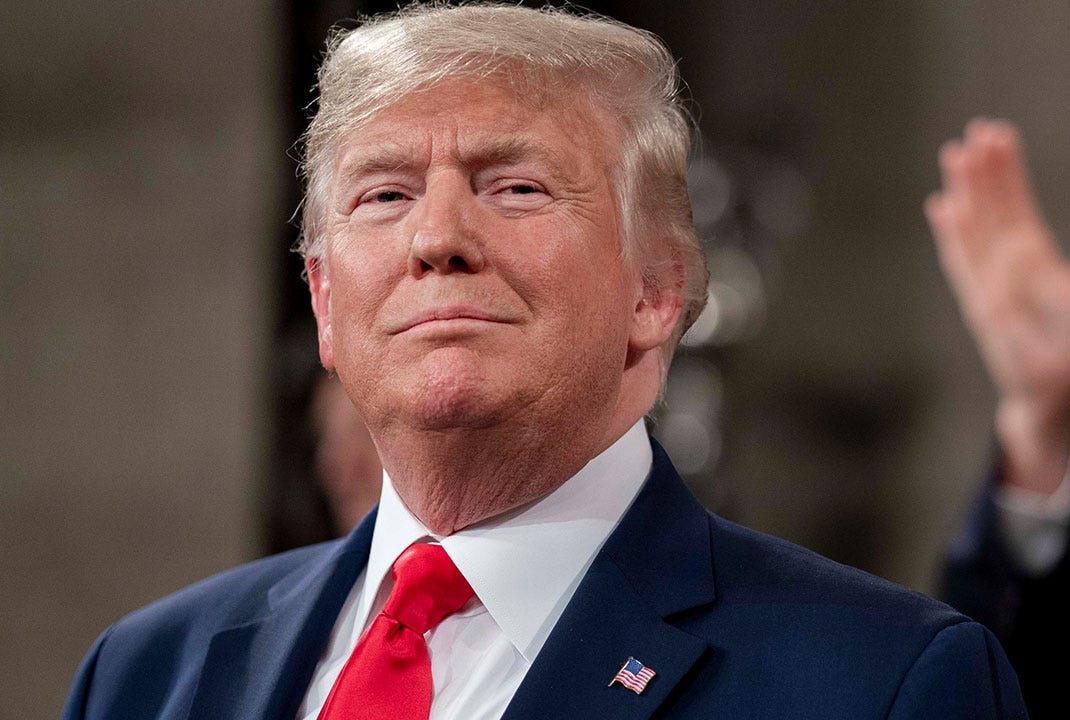President Donald Trump’s federal takeover of Washington, D.C.’s police force is unprecedented in modern American history and it sits squarely on the edge of what is legally possible under the 1973 D.C. Home Rule Act. For up to 30 days, the Metropolitan Police Department answers not to the city’s elected leadership, but to Attorney General Pam Bondi, ope…
Keep reading with a 7-day free trial
Subscribe to The Crustian Daily to keep reading this post and get 7 days of free access to the full post archives.



